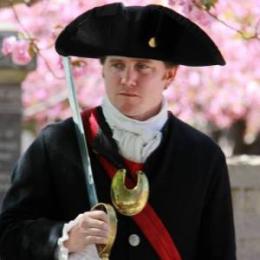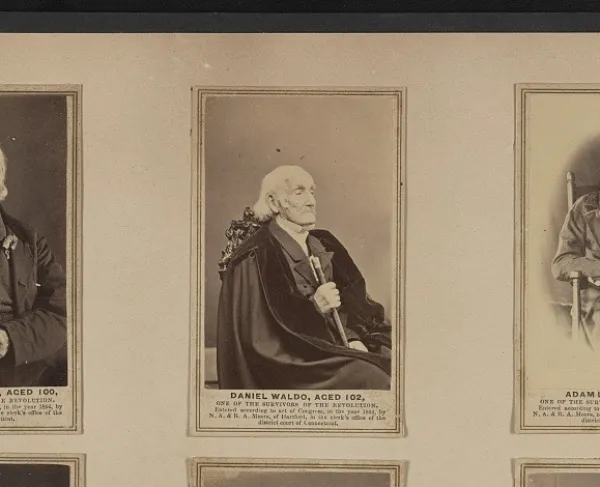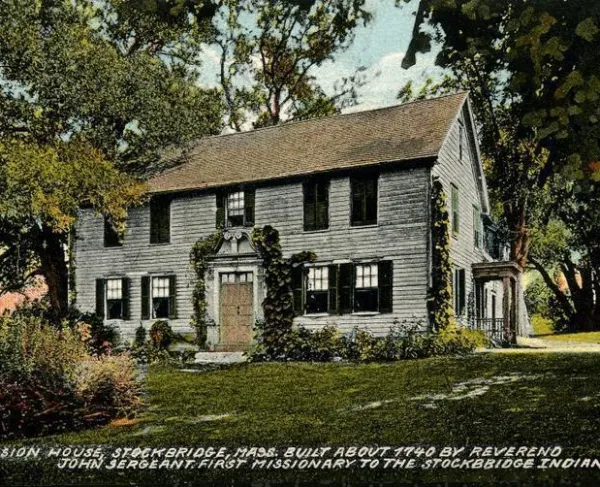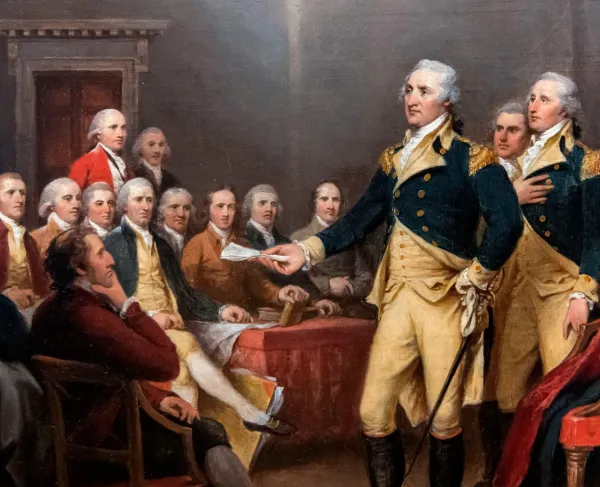Copp's Hill Burying Ground
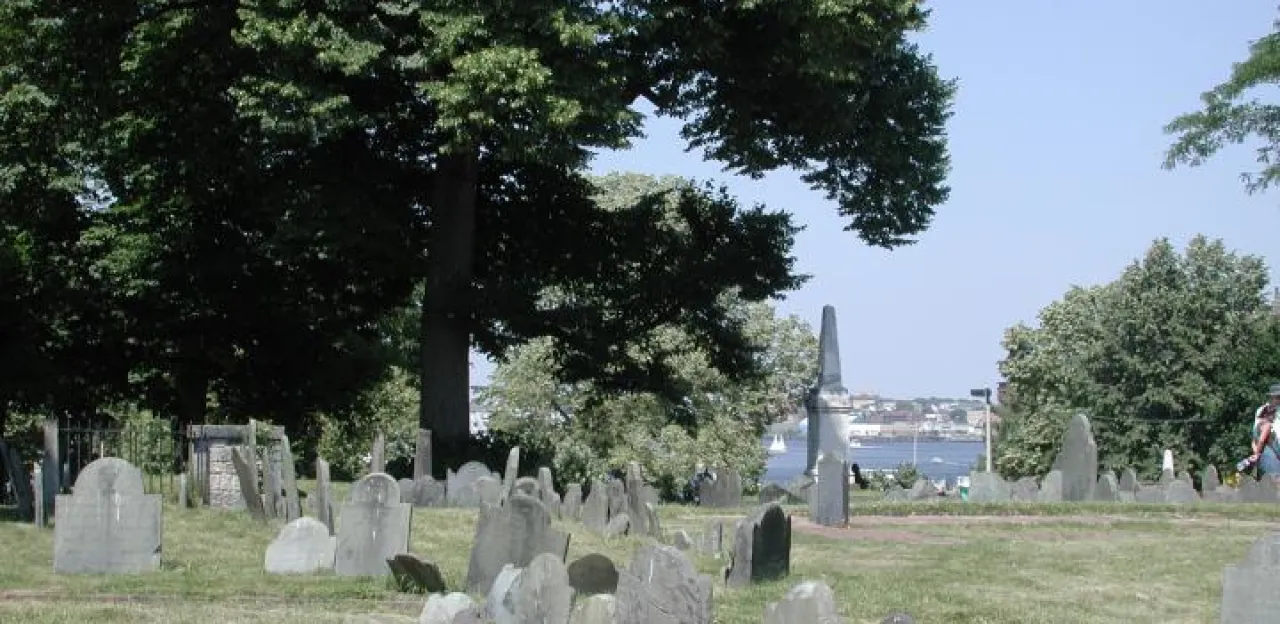
Situated on a high bluff on the North End in Boston, Massachusetts sits Copp’s Hill Burying Ground (alternatively known as Copp’s Hill Burial Ground or North Burying Ground). The second oldest cemetery in Boston, it began in 1659 to serve as a burial ground for the people of Boston and was named for William Copp who lived in the North End and died in 1670. Copp’s Hill Burying Ground served as a resting place for many of the common tradespeople who worked in Boston and includes a large African American section. Among the more famous people buried in the cemetery from the colonial era are the Puritan ministers Increase Mather (1639 – 1723) and his son, Cotton Mather (1663 – 1728). Both Mathers played an important role in the Salem witch trials in the 1690s. Copp’s Hill had served as a Boston burial ground for more than a hundred years when the Revolutionary War began in 1775.
Among the dozens of Revolutionary War patriots buried in the cemetery is Robert Newman (1752 – 1804). Newman was the sexton of nearby Old North Church and he helped hang two lanterns in the steeple of the church to send a warning to Paul Revere and patriots in Charlestown on April 19, 1775 that the British regulars were advancing across the water on an expedition into the Massachusetts countryside. This action was memorialized in Henry Wadsworth Longfellow’s famous 1860 poem about Paul Revere’s Ride: “One if by land, and two if by sea.”
As British soldiers occupied Boston in the early stages of the war many of them encamped around Copp’s Hill. They would occasionally use the gravestones in the cemetery for target practice for their muskets. They specifically used the headstone of Daniel Malcolm (c. 1725 – 1769) because he had been a strident patriot before the war and died in 1769. His gravestone was specially singled out because it bore the inscription that he was “a true son of liberty, a friend to the public, an enemy to oppression and one of the foremost in opposing the Revenue Acts on America.” The musket ball damage can still be seen on his headstone today.
Also buried in the cemetery is a large population of African Americans who lived in the nearby community of “New Guinea”. Among the prominent African Americans buried here is Prince Hall (c. 1735 – 1807). Prince Hall was an antislavery activist in colonial era and the founder of the first African American Masonic Lodge. It is also possible that the African American poet Phillis Wheatley (c. 1753 – 1784) is buried in an unmarked grave in the cemetery. Wheatly was born in Africa and sold into slavery and sent to Boston. In Boston she received an education and she wrote the first book of poetry by an African American author. She received her freedom and wrote numerous poems during her lifetime, including one for George Washington, who praised her work.
In addition to being the burial ground for many Bostonians, Copp’s Hill served as an important strategic location during the Revolutionary War. In 1775, the British troops constructed an earthen redoubt near the burying ground and placed artillery on the hill. Generals Thomas Gage and John Burgoyne watched the battle of Bunker Hill on June 17, 1775 from atop Copp’s Hill. The British artillery fired on Charlestown during the battle and eventually set the entire town ablaze. Burgoyne described the scene as “one of the greatest scenes of war that can be conceived.”
The burying ground continued to be used up until about the 1850s. Today, the burying ground is a popular stop along the Boston Freedom Trail, a 2.5 mile trail which connects numerous important Revolutionary War sites in downtown Boston.
